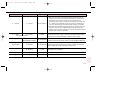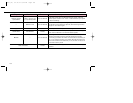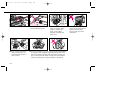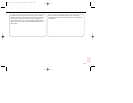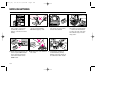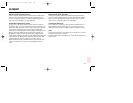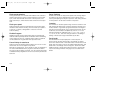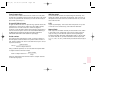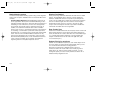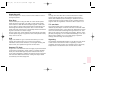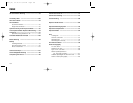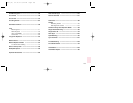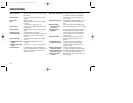
157
Exposure compensation
Exposure compensation for available light is activated by chang-
ing the shutter speed and/or lens aperture. This is done by
using AE-L/AF-L (Auto Exposure/Autofocus Lock) button or
exposure compensation button, or by Auto Exposure
Bracketing.
In flash photography with a Nikon-dedicated TTL Speedlight,
exposure compensation can also be performed by varying the
amount of flash output.
Camera-originated exposure compensation affects both the
foreground subject and the background; variations in flash
output amount affect only the foreground.
Exposure control
Programmed Auto: Camera sets both shutter speed and
aperture for correct exposure.
Shutter-Priority Auto: User selects shutter speed and
camera sets matching lens aperture for correct exposure.
Aperture-Priority Auto: User selects aperture and camera
sets matching shutter speed for correct exposure.
Manual: User selects both shutter speed and aperture,
following or ignoring the meter’s recommendations to achieve
the desired exposure.
Fill-flash
A method of flash photography that combines flash illumination
and ambient light, but does not attempt to balance these two
types of illumination.
Flash output level compensation
A control used to adjust a TTL auto flash operation, enabling an
increase or decrease of flash output to lighten or darken the
flash effect.
Flash shooting distance range
The distance range over which a flash can effectively provide
light. Flash shooting distance range is controlled by the amount
of flash output available. Each automatic Speedlight’s flash
output varies from maximum duration to minimum duration.
Close-up subjects will require lower (to minimum) output, while
more distant subjects will require more light up to the maximum
output.
The flash shooting distance range varies with the aperture, film
speed, etc.
P400 (E) 02.12.27 6:42 PM Page 157



